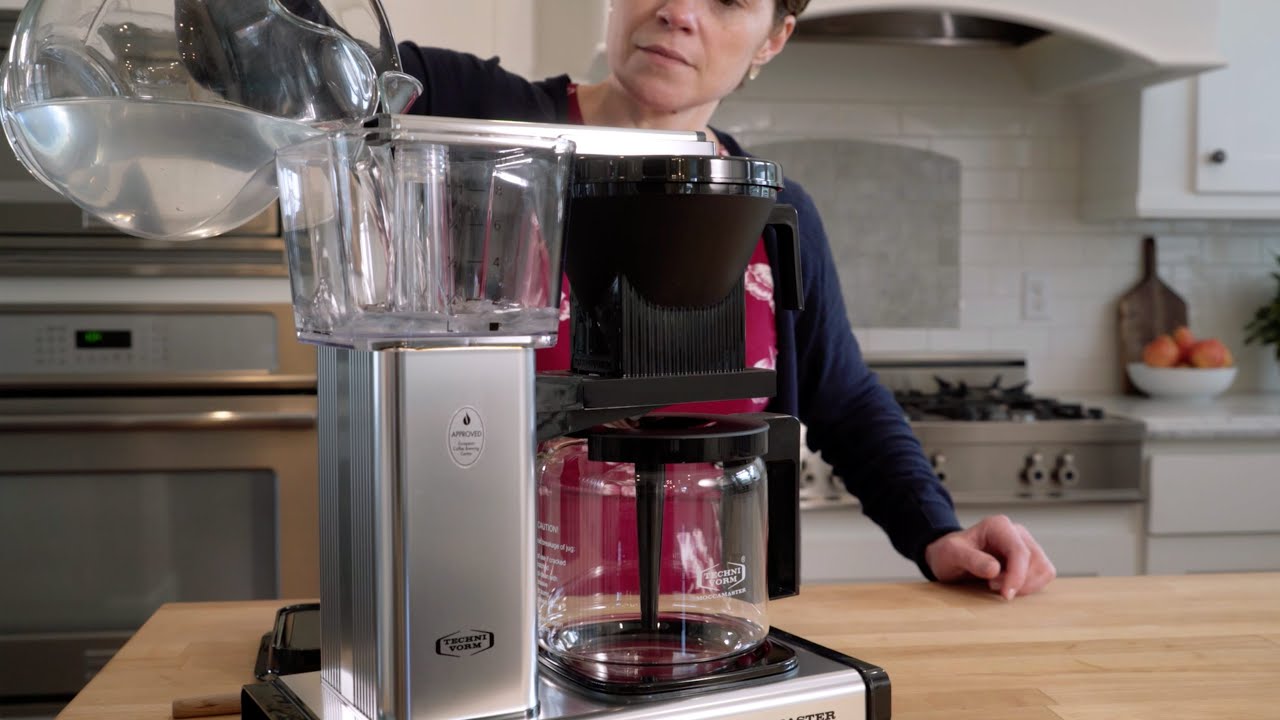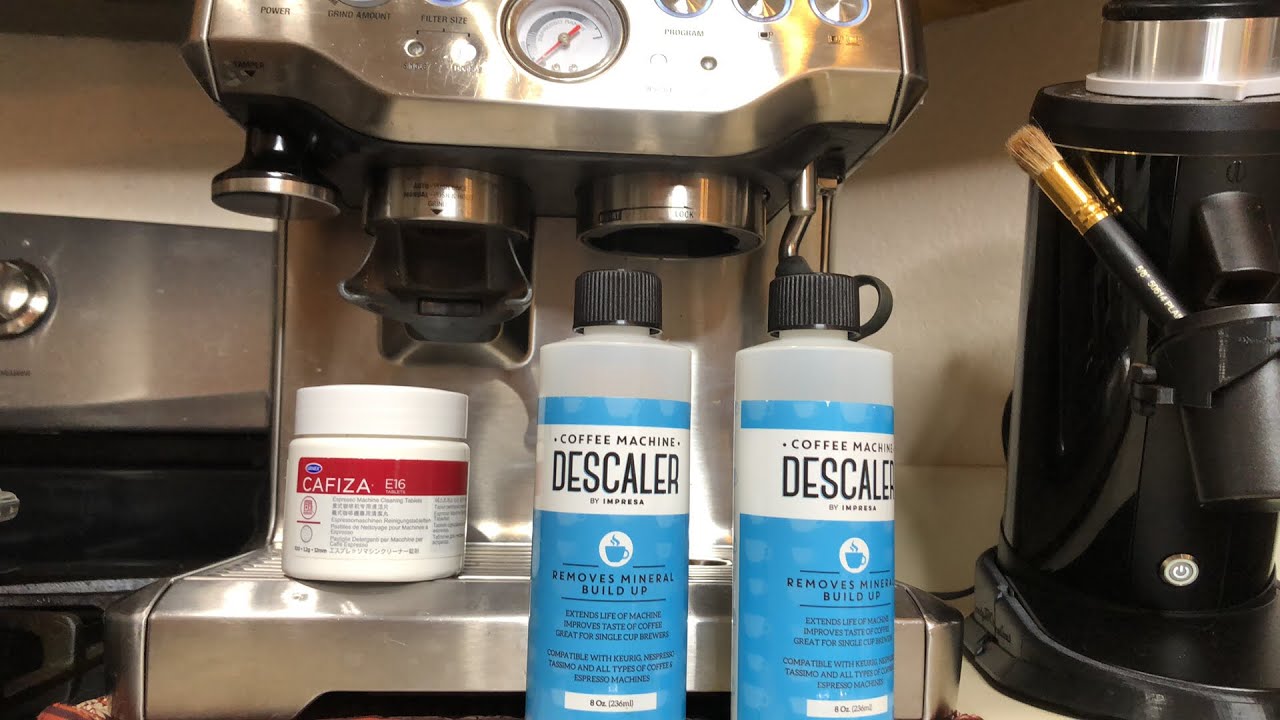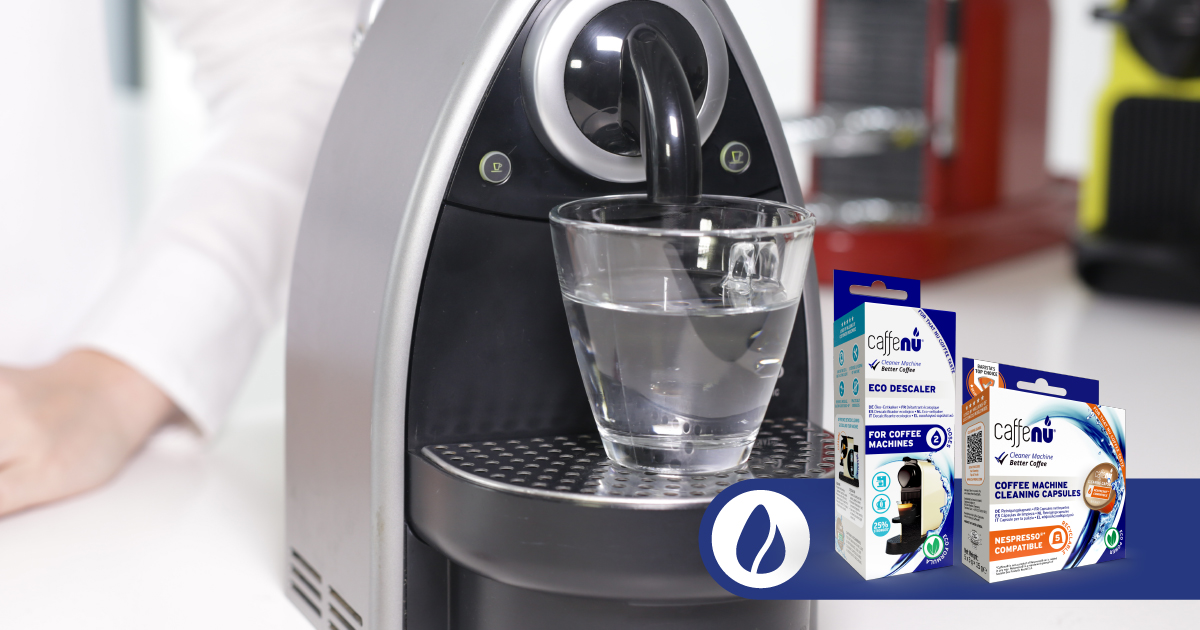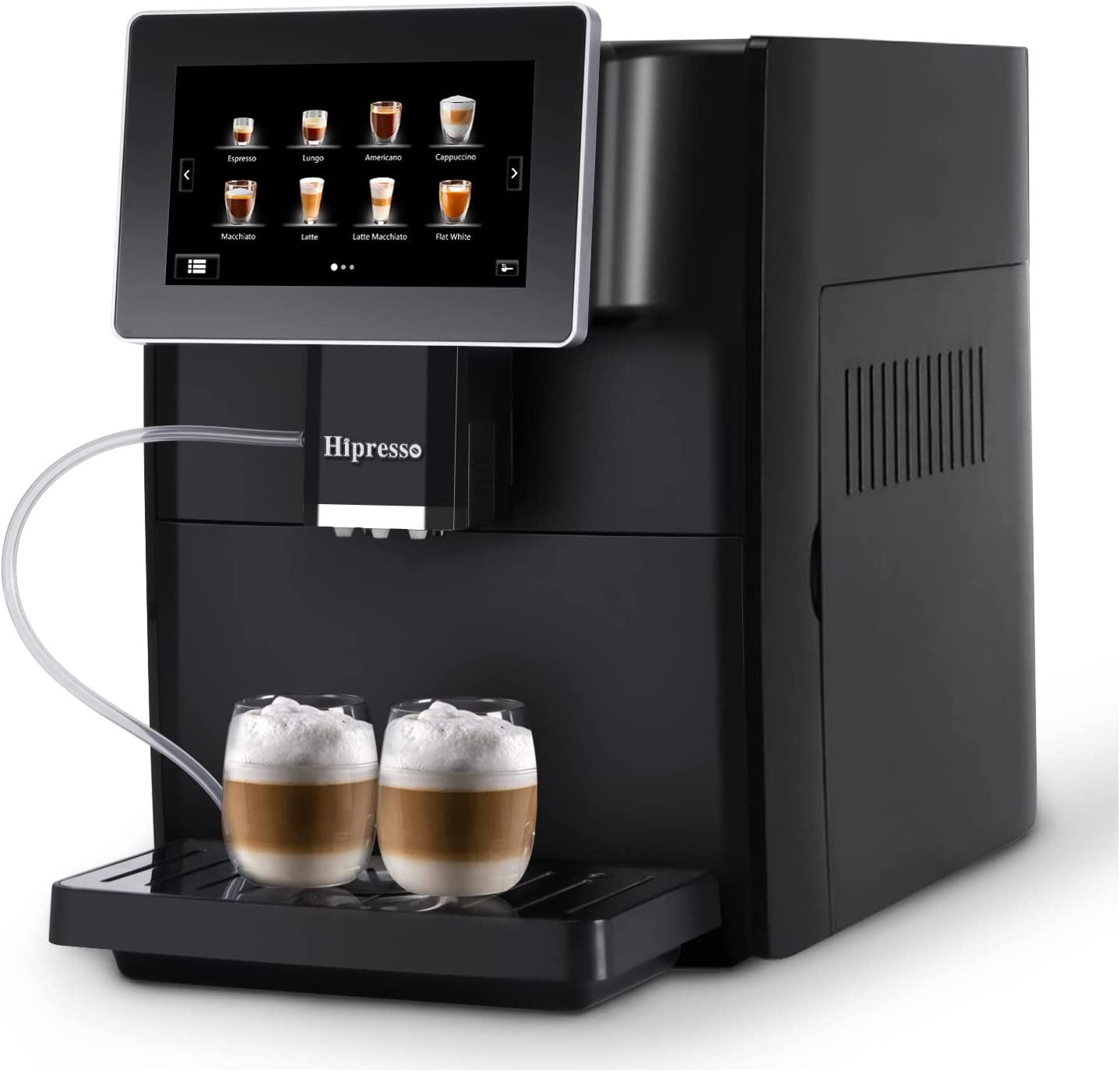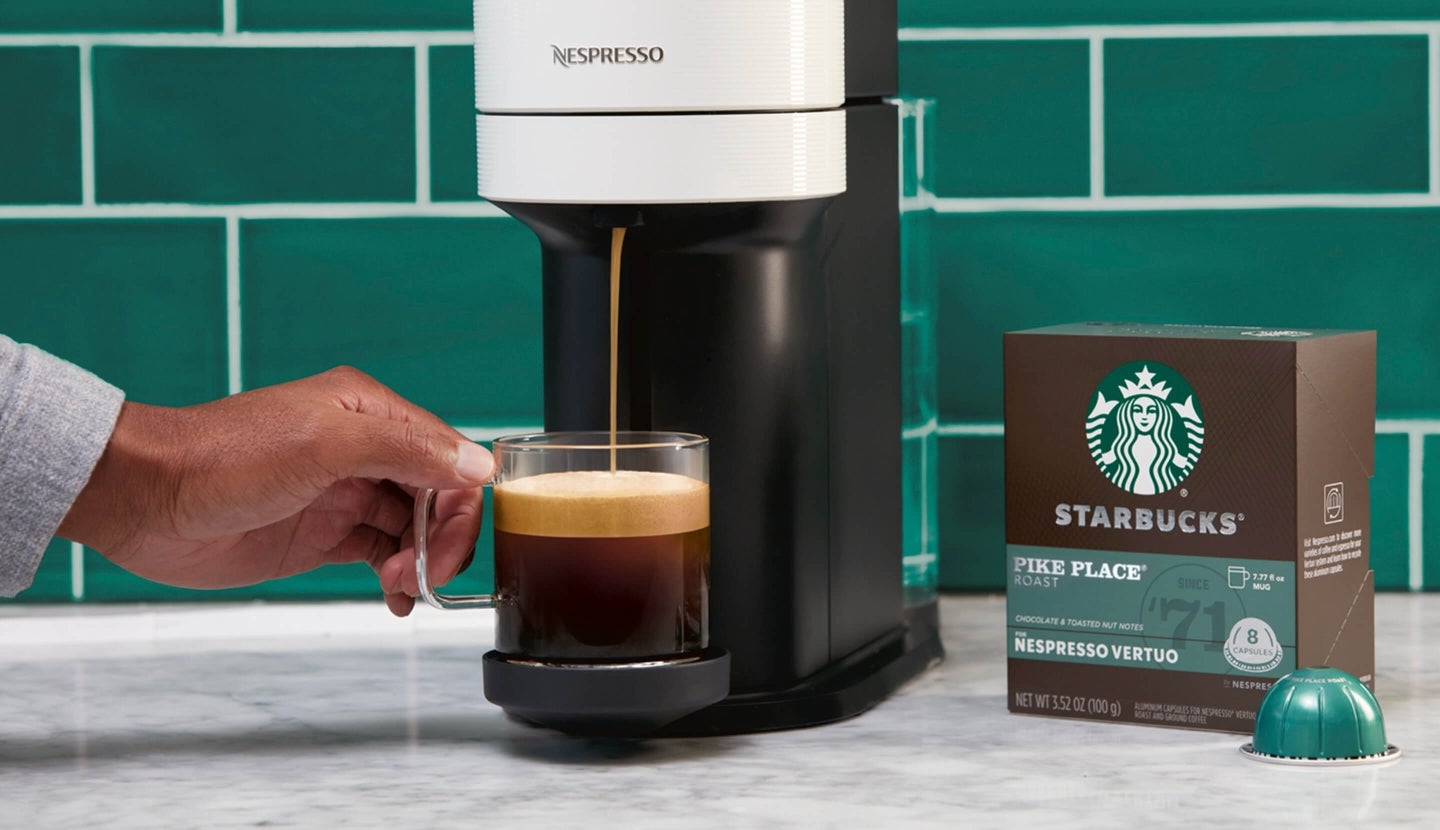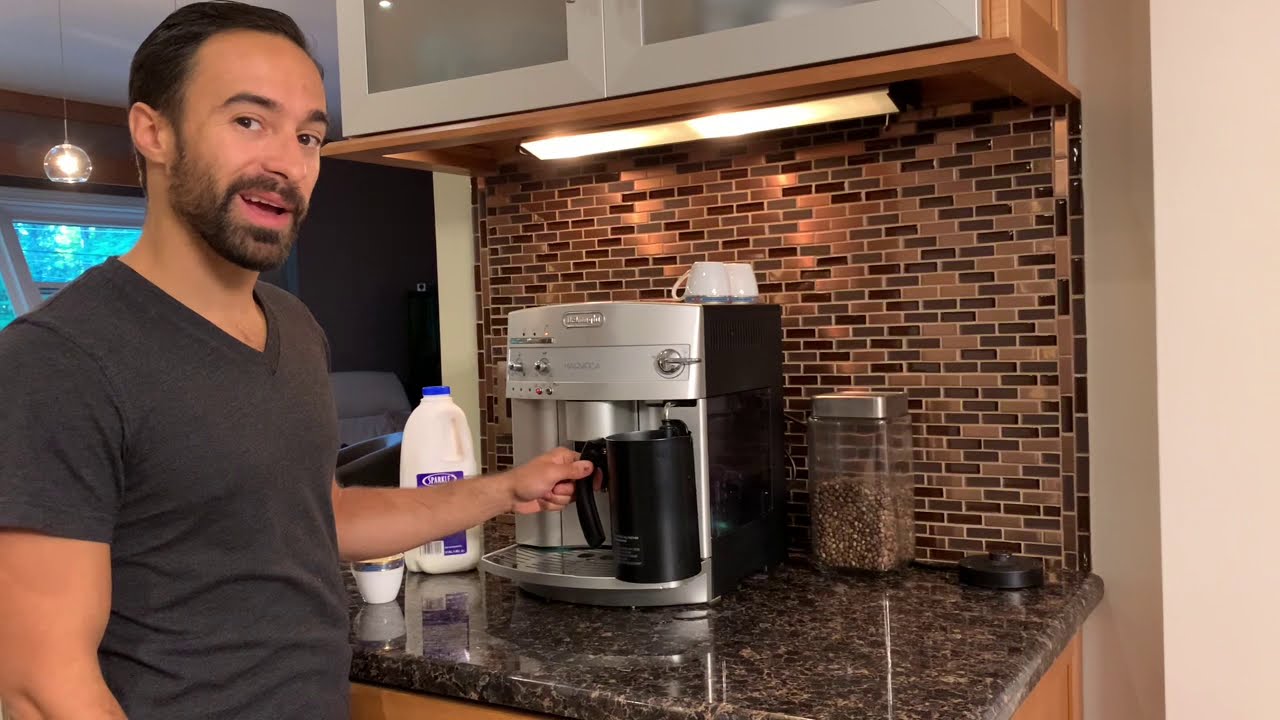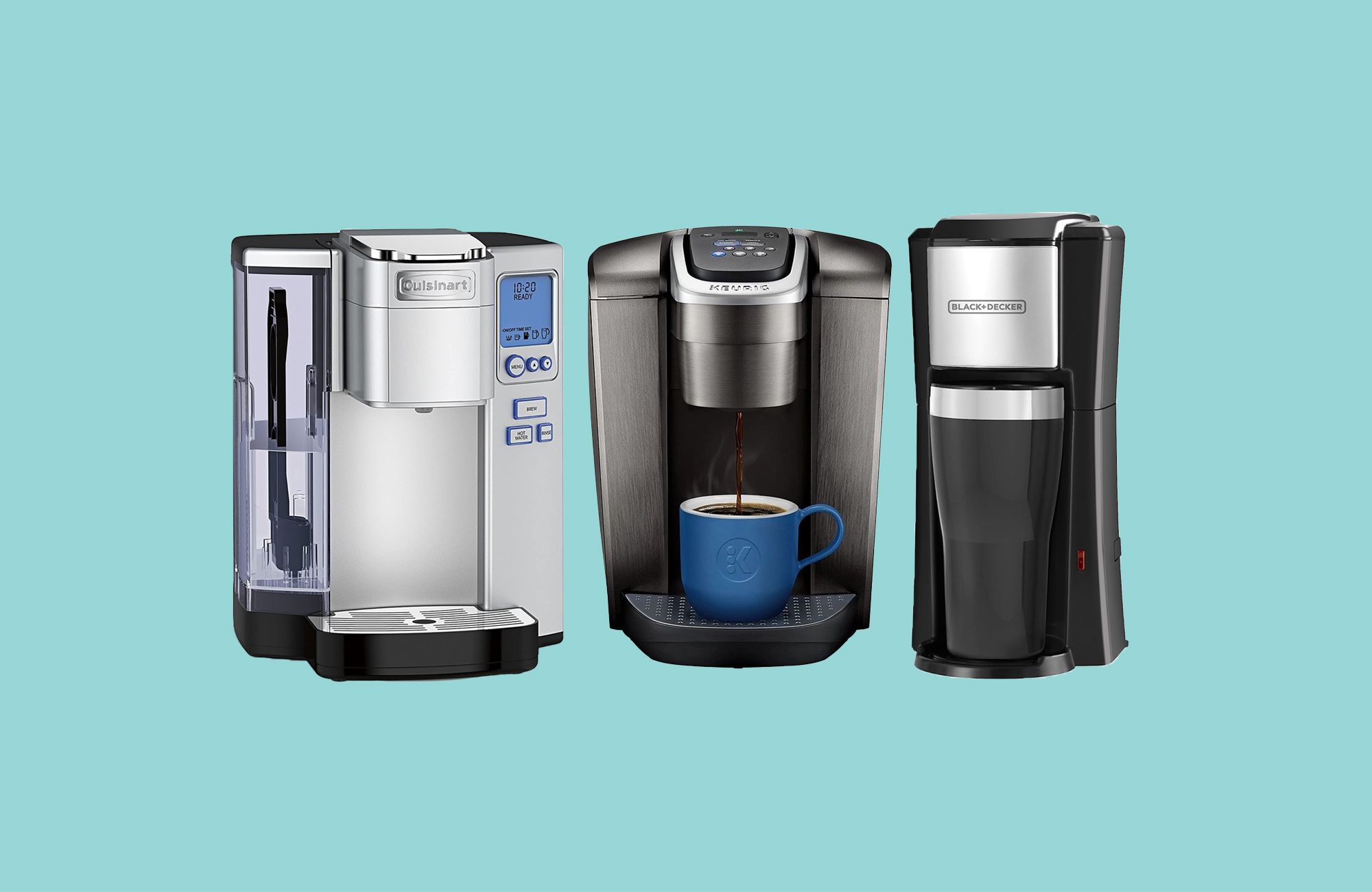Home> Cleaning Coffee Machine
Cleaning Coffee Machine: Ultimate Guide to a Perfect Brew
Discover step-by-step techniques for cleaning coffee machine. Preserve taste & ensure longevity. Transform your morning ritual today!
15 Amazing Delonghi Esam3300 Magnifica Super-Automatic Espresso/Coffee Machine for 2024
By: Chloe Davis • Articles
